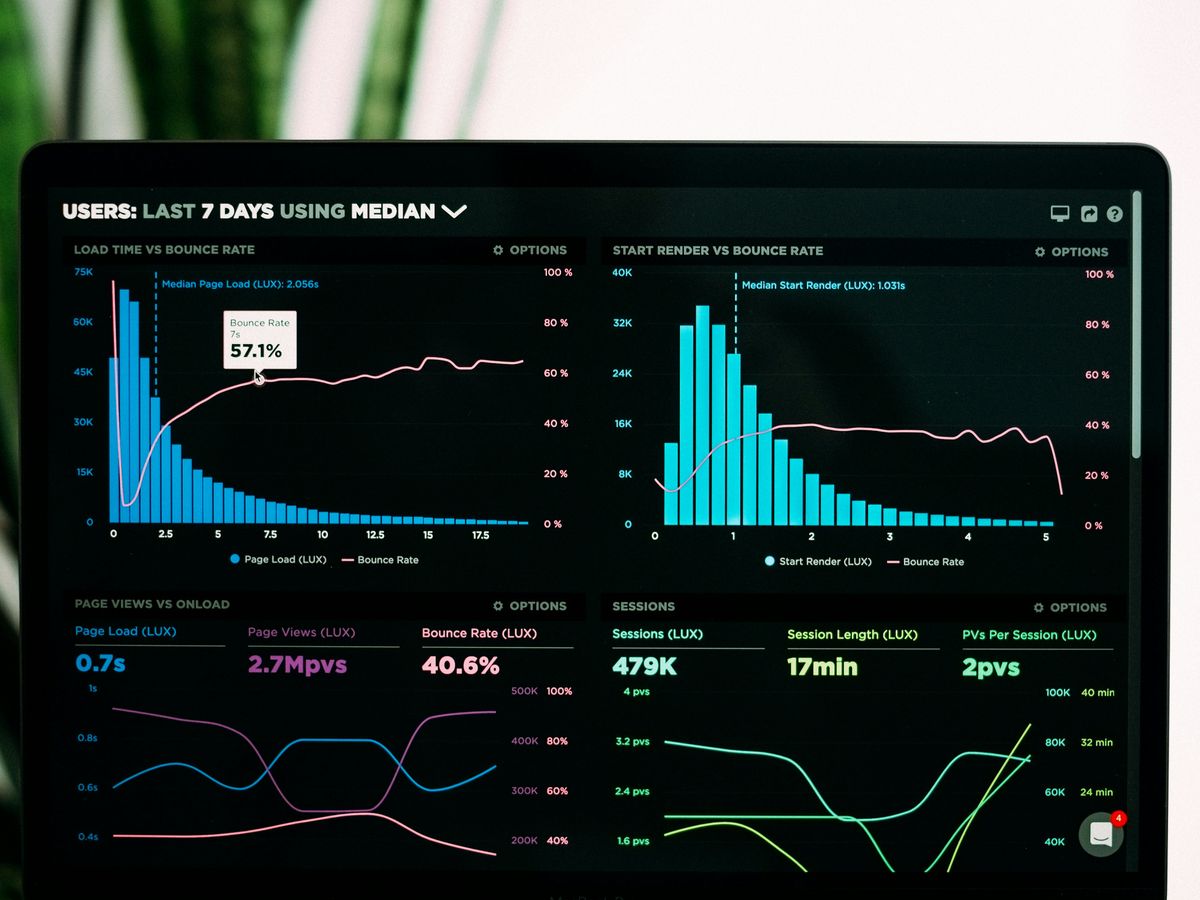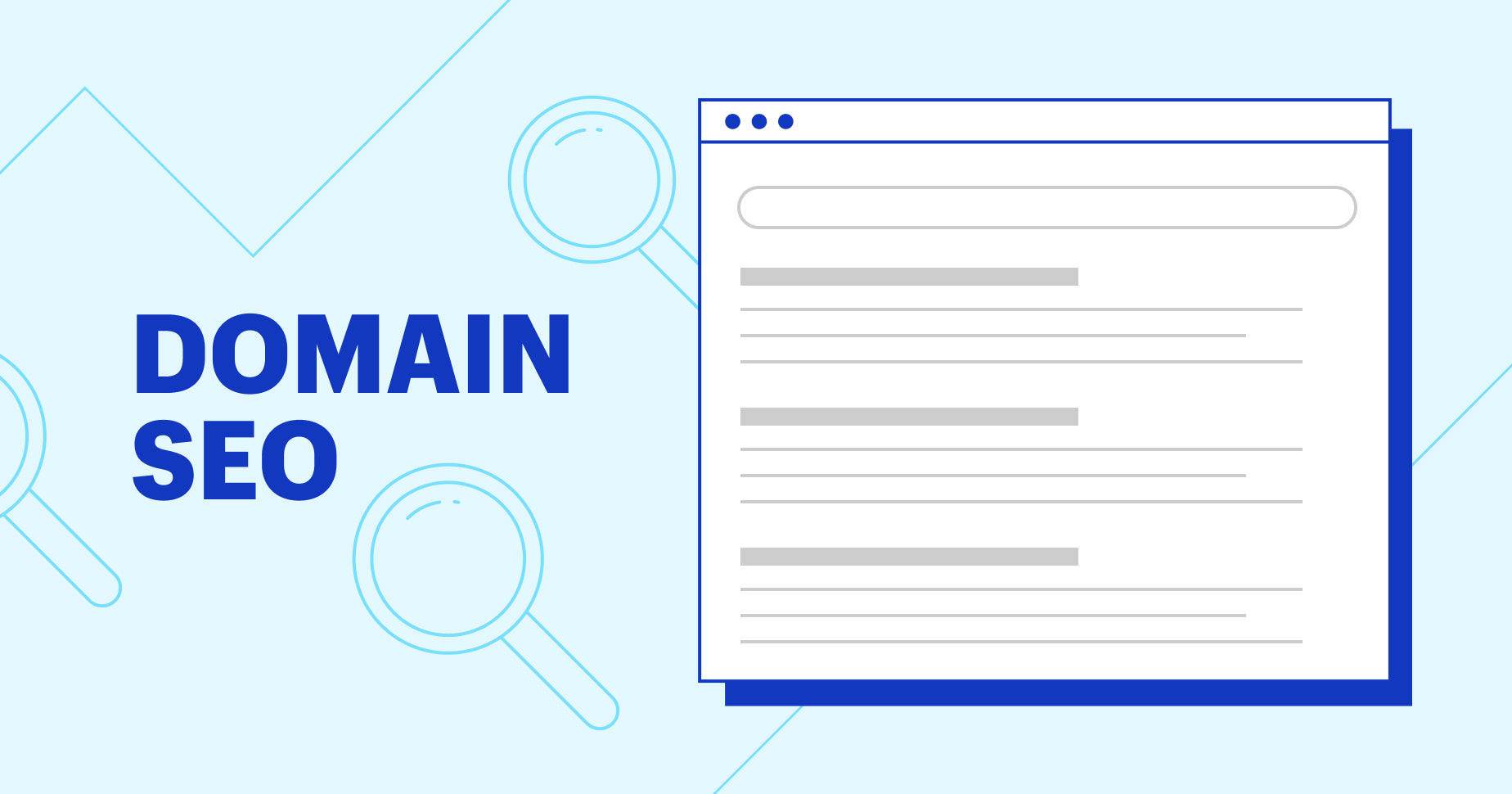When it comes to website design, using iFrames can be a handy way to include various types of content, like videos or maps. However, they can also affect how well your site ranks in search engines. Understanding the best practices for using iFrames is essential to ensure they help rather than hurt your SEO efforts. This article will cover everything from the basics of iFrames to advanced strategies for maintaining a strong SEO presence while using them.
Key Takeaways
- iFrames can enhance user experience but may impact SEO if not used wisely.
- Always add titles and descriptions to iFrames for better search engine understanding.
- Using lazy loading for iFrames can improve page load speed.
- Keep iFrame content relevant and avoid making them the main focus of your page.
- Regularly check and update your iFrame content to keep it fresh and secure.
Understanding the Basics of iFrame SEO

What is an iFrame?
An iFrame, or inline frame, is a special HTML element that lets you embed content from another website right into your own page. This means you can show videos, maps, or even other web pages without making your visitors leave your site. iFrames can be really useful for enhancing user experience.
How iFrames Affect SEO
When it comes to SEO, iFrames can be a bit tricky. They don’t automatically hurt your site’s ranking, but they can impact how search engines see your content. For example, if you have important information in an iFrame, search engines might not give it the same weight as content directly on your page. Here are some key points to remember:
- iFrames can dilute your main content’s visibility.
- Search engines may index iFrame content separately.
- Properly using iFrames can enhance user engagement.
Common Misconceptions About iFrames and SEO
Many people think that using iFrames is a bad idea for SEO. However, that’s not entirely true. Here are some common myths:
- iFrames always hurt SEO: Not true! They can be used effectively.
- Search engines ignore iFrames: They can index iFrame content, but it’s not as straightforward.
- All iFrames are the same: Different types of content in iFrames can have different impacts on SEO.
Understanding how iFrames work is crucial for making them a part of your SEO strategy. If used wisely, they can enhance your site without hurting your rankings.
In summary, while iFrames can complicate things a bit, they also offer unique opportunities for improving user experience and engagement. Just remember to use them wisely!
Best Practices for Implementing iFrames
When it comes to using iFrames on your website, there are some best practices I always recommend to ensure they work well without hurting your SEO. Here’s what I’ve learned:
Utilizing Lazy Loading for iFrames
Lazy loading is a game changer! It helps your page load faster by only loading iFrames when they are needed. For example, if you have a video embedded, it will only load when a user scrolls to it. To enable lazy loading, just add loading=”lazy” to your iFrame tag like this:
Adding Descriptive Titles and Descriptions
It’s important to give your iFrames clear titles and descriptions. This helps search engines understand what’s inside the iFrame. For instance, if you have a Google Map, include your address on the page too. This way, search engines get more context, which can boost your local SEO.
Ensuring Mobile Responsiveness
With so many people using their phones, making sure your iFrames are mobile-friendly is crucial. You can do this by using CSS to make your iFrames responsive. This means they will adjust to fit any screen size, providing a better experience for users.
Remember, iFrames should enhance your content, not replace it. Use them wisely to keep your site engaging and SEO-friendly.
By following these best practices, you can effectively use iFrames while keeping your site’s performance and SEO intact.
Here’s a quick summary of the best practices:
- Use lazy loading to improve page speed.
- Add descriptive titles and descriptions for better SEO.
- Ensure your iFrames are mobile responsive for a better user experience.
Technical Considerations for iFrame SEO


How Search Engines Crawl iFrames
When it comes to iFrames, understanding how search engines crawl them is crucial. Search engines treat iFrames as separate elements from the main page. This means they evaluate the content inside the iFrame independently. If you want your iFrame content to be indexed properly, it’s important to ensure that it’s relevant and valuable to the main page. Here are some key points to remember:
- Crawlers see iFrames as distinct elements.
- The relevance of the iFrame content matters for SEO.
- Proper implementation can improve crawl efficiency.
Optimizing iFrame Attributes
To make your iFrames more SEO-friendly, you can customize their attributes. Here are some important attributes to consider:
- Title and Description: Adding these helps search engines understand what’s in the iFrame.
- Loading: Use loading=”lazy” to improve page speed by loading iFrames only when needed.
- Width and Height: Set these to ensure your iFrame fits well within your page layout.
Using the Noscript Tag for Alternative Content
Not everyone can access iFrame content, especially if they have JavaScript disabled. To avoid losing visitors, you can use the noscript tag. This allows you to provide alternative content. For example, if you have a Google Map in an iFrame, you could show a static image of the map instead. This way, you keep your site user-friendly and maintain your SEO performance.
Remember, the devil’s in the details when it comes to iFrame SEO. Small adjustments can make a big difference in how your content is indexed and ranked!
Balancing iFrame Use and Site Performance


When it comes to using iFrames on a website, I often find myself thinking about how they can impact overall site performance. Finding the right balance is crucial. Here are some key points to consider:
Impact of iFrames on Page Load Speed
- Load Times: iFrames can slow down your page if not managed properly. They load content from another source, which can take time.
- Optimization: Make sure to optimize the iFrame content to ensure it loads quickly. This can help keep your site speedy.
- Testing: Regularly test your site’s speed to see how iFrames are affecting it.
Minimizing Negative SEO Impact
- Supplemental Content: Use iFrames for content that is not critical to your main SEO strategy. This way, you won’t lose SEO credit.
- Avoid Overuse: Too many iFrames can confuse search engines. Keep them to a minimum.
- Monitor Performance: Keep an eye on how iFrames are performing in terms of SEO. Adjust as needed.
Strategic Placement of iFrames
- User Experience: Place iFrames where they enhance the user experience, like embedding videos or maps.
- Relevance: Ensure that the content in the iFrame is relevant to the main content of the page.
- Accessibility: Make sure that the iFrame content is accessible to all users, including those using screen readers.
By carefully managing iFrames, I can enhance user experience while keeping my site’s performance and SEO intact.
In conclusion, balancing iFrame use with site performance is all about strategic implementation. I always aim to use them wisely to ensure my site remains fast and user-friendly while still being SEO-friendly.
Advanced Strategies for iFrame SEO


Leveraging iFrames for User Engagement
When I think about using iFrames, I see them as a powerful tool to boost user engagement. By embedding videos, maps, or interactive content, I can keep visitors on my site longer. This not only enhances the user experience but can also lead to better SEO outcomes. Here are some ways to leverage iFrames effectively:
- Embed videos that relate to your content to keep users interested.
- Use interactive maps to provide location-based services or information.
- Incorporate social media feeds to encourage sharing and interaction.
Integrating iFrames with SEO Goals
To make sure my iFrames align with my SEO goals, I focus on a few key strategies. I want to ensure that the content within the iFrames supports my main objectives. Here’s how I do it:
- Choose relevant content that adds value to the main page.
- Optimize titles and descriptions for better indexing by search engines.
- Monitor performance to see how the iFrames are impacting my site’s SEO.
Case Studies on Effective iFrame Use
I’ve seen firsthand how the right use of iFrames can make a difference. For example, a local business I worked with embedded a Google Map in their contact page. This not only helped users find them easily but also improved their local SEO rankings. Here’s a quick look at some results:
| Client Industry | iFrame Usage | SEO Impact Observed |
|---|---|---|
| E-commerce | Product videos in iFrames | Increased user engagement |
| Real Estate | Embedded property maps | Improved service offering |
Using iFrames wisely can enhance both user experience and SEO performance. It’s all about finding the right balance!
Security and Maintenance of iFrames
Security Risks and Mitigation
When I think about using iFrames, security is always on my mind. Using third-party content can expose your site to risks. iFrames act like a barrier between your site and the external content, but they can still be vulnerable to attacks like Cross-Site Scripting (XSS). Here are some steps I take to keep my site safe:
- Use trusted sources for the content you embed.
- Regularly check for updates or vulnerabilities in the third-party content.
- Limit permissions by using the sandbox attribute in your iFrame.
Maintaining Up-to-Date Content
One of the great things about iFrames is that they automatically load the latest version of the content. This means I don’t have to worry about updating it myself. It’s like a set-and-forget feature! However, I still make sure to:
- Monitor the source to ensure it remains relevant.
- Check for broken links or outdated information regularly.
- Test the iFrame to ensure it displays correctly on my site.
Personalization Through iFrames
iFrames can also be used to show personalized content to users. This can enhance user experience, but I need to be careful. Here are some tips:
- Use dynamic content that adapts to user preferences.
- Ensure accessibility for all users, including those using assistive technologies.
- Avoid overloading the iFrame with too much information, which can confuse users.
Keeping iFrames secure and up-to-date is crucial for maintaining a good user experience and protecting my site from potential threats.
By following these guidelines, I can effectively manage the security and maintenance of iFrames while enhancing my site’s performance and user engagement.
Frequently Asked Questions
What is an iFrame and how does it work?
An iFrame, or inline frame, is a way to embed another webpage within your own. It allows you to show content from another site, like videos or maps, right on your page.
Do iFrames affect my website’s SEO?
Yes, iFrames can impact SEO. The content in an iFrame is treated separately from your main page, which means it might not help your search rankings.
How can I make my iFrames better for SEO?
To improve SEO for iFrames, use descriptive titles, add keywords, and ensure they load only when needed. This helps search engines understand the content better.
Can search engines crawl content in iFrames?
Yes, search engines can crawl and index content in iFrames just like they do with regular web pages.
Are there any risks associated with using iFrames?
Yes, using too many iFrames can slow down your page and affect user experience. It’s important to use them wisely and not overload your site.
What should I avoid when using iFrames?
Avoid putting important content in iFrames that you want search engines to index. Also, don’t rely solely on iFrames for your main content.





